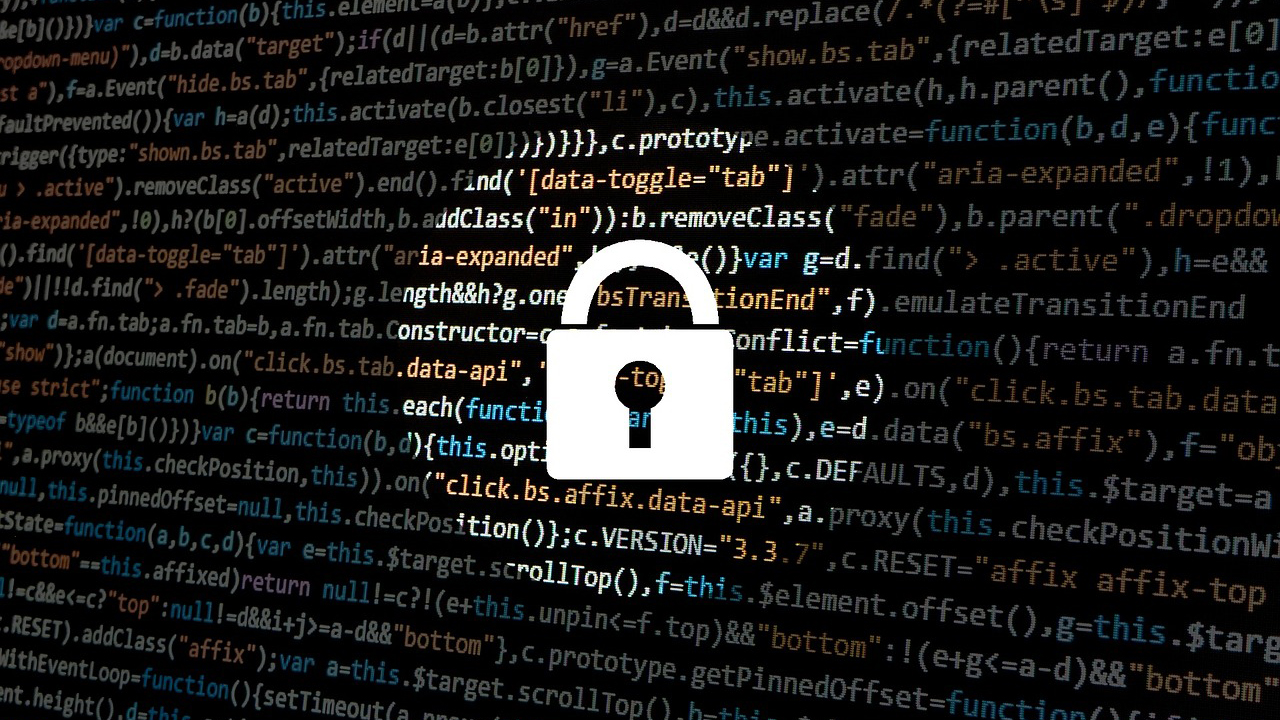Zoom fixes significant security flaw that could have allowed hackers to hijack your meetings
Researchers found a way to abuse Zoom Rooms

Zoom has confirmed it fixed a vulnerability in one of its features which allowed threat actors to steal sensitive data from users.
This is according to cybersecurity researchers from AppOmni, which discovered the vulnerability, detailed it, and reported it to the video conferencing company for fixing.
The exploit could have allowed hackers to hijack meetings and steal information.
Reader Offer: $50 Amazon gift card with demo
Perimeter 81's Malware Protection intercepts threats at the delivery stage to prevent known malware, polymorphic attacks, zero-day exploits, and more. Let your people use the web freely without risking data and network security.
Preferred partner (What does this mean?)
Harvesting important data
In a detailed report the researchers said that they discovered a flaw in Zoom Rooms in June 2023.
Zoom Rooms is a system that allows team members in different physical locations to work together over Zoom. The user would install the app on an endpoint which would serve as a terminal for the people in the room.
When a Zoom Room is created, Zoom creates a service account with licenses for Meetings and Whiteboards.
And that’s where the problem lies. Zoom automatically assigns an email address to the Room service account. The format of the address is rooms_<account ID>@companycomain.com. So, for example, if a user has an Outlook address, Zoom would create one in the format of room_<account ID>@outlook.com.
Are you a pro? Subscribe to our newsletter
Sign up to the TechRadar Pro newsletter to get all the top news, opinion, features and guidance your business needs to succeed!
Since everyone can create an Outlook address, it’s easy to create a valid email inbox for a Zoom Room. Using that email, the researchers signed up to Zoom, and got an activation link in the inbox. Upon activation, Zoom logged the researchers into the victims’ Zoom tenant as the service account.
The service account is considered a team member, allowing the researchers to gather information laterally across the tenant. As Zoom Rooms starts with two licenses, it gives the researchers a view of all users in the organizations, allows them to hijack meetings as if they were the hosts, view all whiteboards, and more.
The only prerequisite to successfully pulling off the attack is knowing the email address which, considering the amount of stolen emails every day, isn’t that big of a challenge. Malicious insiders can also pull it off by simply being in the same Zoom Room.
After disclosing the findings to Zoom, the company promptly issued a fix, by removing the ability to create Zoom Room accounts.
More from TechRadar Pro
- Gulf Air hit with data breach, customer data possibly affected
- Here's a list of the best firewalls around today
- These are the best endpoint protection software right now
Sead is a seasoned freelance journalist based in Sarajevo, Bosnia and Herzegovina. He writes about IT (cloud, IoT, 5G, VPN) and cybersecurity (ransomware, data breaches, laws and regulations). In his career, spanning more than a decade, he’s written for numerous media outlets, including Al Jazeera Balkans. He’s also held several modules on content writing for Represent Communications.
